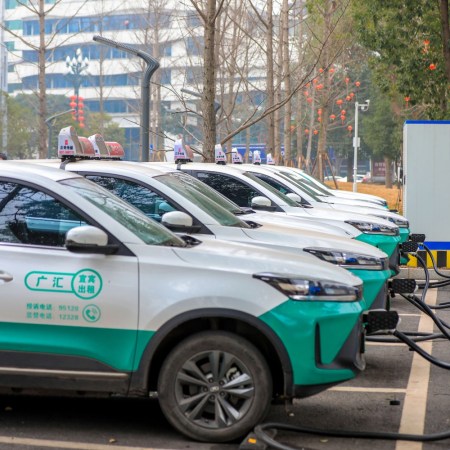We’re living through a pivotal moment in technology right now, as engineers work to turn certain devices that were historically powered by internal combustion engines into versions of the same that run on batteries. There’s another part of research that goes hand in hand with that, however — coming up with batteries that have a substantially increased capacity.
A recent article at Smithsonian Magazine explains the issues at stake. Historically, superconductors were made for more efficient battery technology but have encountered issues working at room temperature. As the thinking goes, if a superconductor could be made to work under everyday conditions, rather than under extreme cold, it could lead to more efficient technology.
Now, such a breakthrough may have taken place. If it has, it could have a huge impact on the modern world. But there’s a big “if” involved. As ScienceNews reports, Ranga Dias of the University of Rochester is among the authors of a new paper titled Evidence of near-ambient superconductivity in a N-doped lutetium hydride. In practical terms, that means a superconductor made using hydrogen, nitrogen and lutetium — one which seems to avoid the loss of energy that’s plagued superconductors operating at room temperature.
Could the Cargo Planes of the Future be Battery-Powered?
An ambitious plan with ambitious technologyAs reported by The New York Times and elsewhere, the same group of scientists worked on an earlier paper about superconductors that was later retracted by Nature. For now, this new research faces another test — can other scientists repeat it and get the same results?
That’s not too far removed from the paper’s own conclusions, which note that “further experiments and simulations are needed to determine the exact stoichiometry of hydrogen and nitrogen, and their respective atomistic positions, in a greater effort to further understand the superconducting state of the material.” In other words, there’s a lot more research still to be done.
Thanks for reading InsideHook. Sign up for our daily newsletter and be in the know.


















